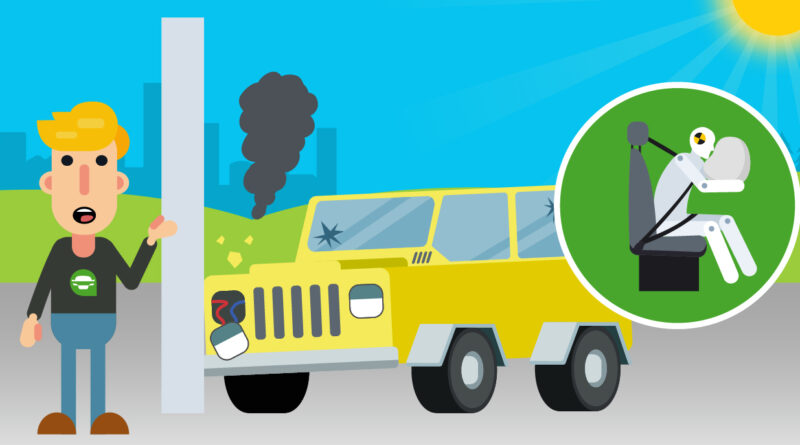A Step-by-Step Guide How to Cancel Your Car Insurance
This step-by-step guide aims to provide clarity on how to Cancel Your Car Insurance the process, ensuring a smooth transition without unnecessary complications. Life is full of transitions, and sometimes, cancelling your car insurance becomes a necessary part of the journey. Whether you’re selling your car, switching providers, or exploring alternative transportation options, understanding how to cancel your car insurance is essential.
1. Review Your Policy:
Before initiating the cancellation process, carefully review your insurance policy. Take note of important details such as coverage limits, renewal dates, and any potential penalties or fees associated with early termination. Understanding your policy terms helps you make informed decisions throughout the cancellation process.
2. Determine the Reason for Cancellation:
Identify the reason for canceling your car insurance. Common reasons include selling your car, switching providers, or temporarily suspending coverage. The reason for cancellation may influence the specific steps you need to take and the timeline for the process.
3. Contact Your Insurance Provider:
Reach out to your insurance provider through their preferred communication channel. This could be a phone call, email, or an online customer portal. Have your policy details, including your policy number and personal information, readily available. Inform the representative of your intention to cancel and be prepared to discuss the reason for cancellation.
4. Provide Necessary Information:
During the conversation with your insurance provider, you’ll likely need to provide specific details related to the cancellation. This may include:
- Your full name and policy number.
- The effective date for the cancellation.
- The reason for canceling (selling the car, switching providers, etc.).
- Information about the vehicle being canceled, including the vehicle identification number (VIN).
5. Follow Any Specific Procedures:
Depending on your insurance provider, there may be specific procedures or forms required for cancellation. Some providers allow policyholders to request cancellation online through their customer portal. Follow any instructions provided by your insurance company to ensure a seamless process.
6. Verify Refund or Payment Adjustments:
If you’ve paid your premium in advance, inquire about the possibility of a refund for the unused portion of your coverage. Insurance companies often provide prorated refunds based on the remaining coverage period. Additionally, clarify any outstanding balances or fees associated with the cancellation.
7. Confirm the Cancellation Effective Date:
Clarify the effective date of your policy cancellation. This is crucial to avoid any lapses in coverage or confusion about your insurance status. Ensure that the cancellation aligns with your future plans and the timing of any alternative coverage you may be securing.
8. Coordinate with the Department of Motor Vehicles (DMV):
In some cases, especially when selling your car, you may need to coordinate with the Department of Motor Vehicles (DMV). Some states require surrendering license plates or notifying the DMV about changes in ownership. Comply with any DMV requirements to complete the cancellation process comprehensively.
9. Obtain Confirmation in Writing:
Request written confirmation of the cancellation from your insurance provider. This documentation serves as proof that you’ve successfully canceled your policy and can be valuable for future reference.
10. Explore Alternative Coverage Options:
If you’re canceling your insurance because you’re selling your car or temporarily suspending coverage, explore alternative options for future insurance needs. Research providers, compare quotes, and ensure a smooth transition to new coverage when needed.
Canceling your car insurance involves a series of steps that require careful consideration and communication with your insurance provider. By following this step-by-step guide, you can navigate the cancellation process confidently, ensuring that your insurance affairs are in order as you transition through different stages in life.
Buying a used VW. Buying used vauxhall, BMW, Jaguar, Ford, Volvo, Range rover, Bentley, Aston Martin, Porsche, Ferrari, Lamborghini, Maserati, Hyundai, Tesla, Honda, Pagani

